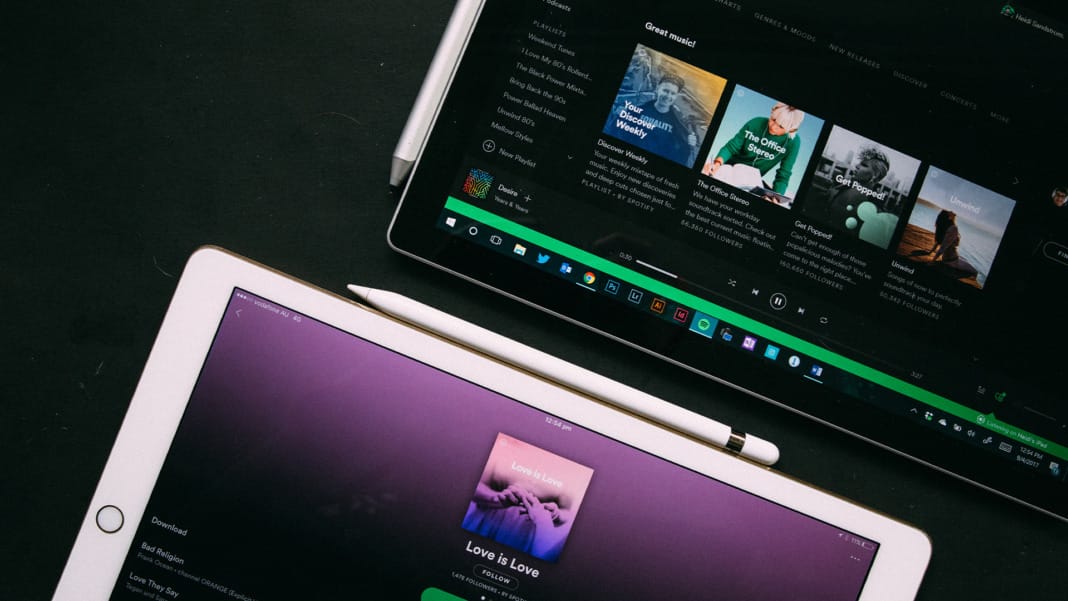Instagram Chief Adam Mosseri recently offered insights into the content ranking strategy of Threads, highlighting the challenges and potential solutions for making it a competitive platform for real-time conversations. Threads, currently lagging behind platforms like Twitter in terms of trending topics and live event updates, is seeking ways to improve user engagement.
Understanding the challenges of real-time updates
One of the key criticisms of Threads is its lack of a ‘Trending Topics’ feature and the absence of chronological sorting in search results. This makes it difficult for users to follow evolving news stories in real-time. Mosseri explained that the reluctance to implement a comprehensive chronological list of posts is due to the risk of spam and misuse by bad actors, a common issue on Twitter. To mitigate this, Threads limits topic tags to one per post, aiming to reduce spam and maintain the quality of conversations.
The balancing act of content ranking
Mosseri further noted the complexity of balancing real-time focus with the need to filter out low-quality content. Threads is exploring ways to rank content that avoids unfair restrictions while providing a relevant and positive user experience. This approach aligns with Meta CEO Mark Zuckerberg’s vision of creating a billion-user public conversations app that fosters positivity.
Potential solutions and future directions
The Threads team is experimenting with various methods to improve real-time engagement. One possibility is highlighting top stories from reputable news outlets, though this poses challenges in managing expectations regarding reach and engagement. Another approach could involve ranking profiles based on trust and newsworthiness tailored to specific topics. Employing an editorial team to manage topical feeds and limit spam could be effective, but it raises concerns about platform interference.
Navigating complexities towards improved engagement
Despite the complexities, Threads is committed to addressing these challenges to differentiate itself from Twitter while maintaining core functionalities. This endeavour could significantly enhance online engagement, leveraging Meta’s extensive insight and data resources.





